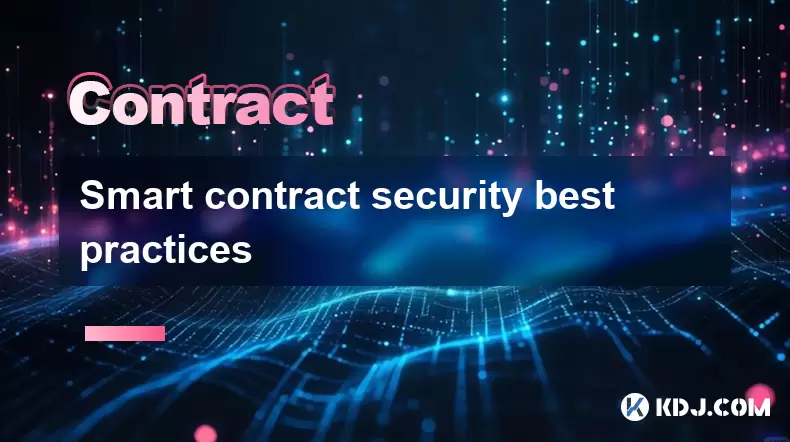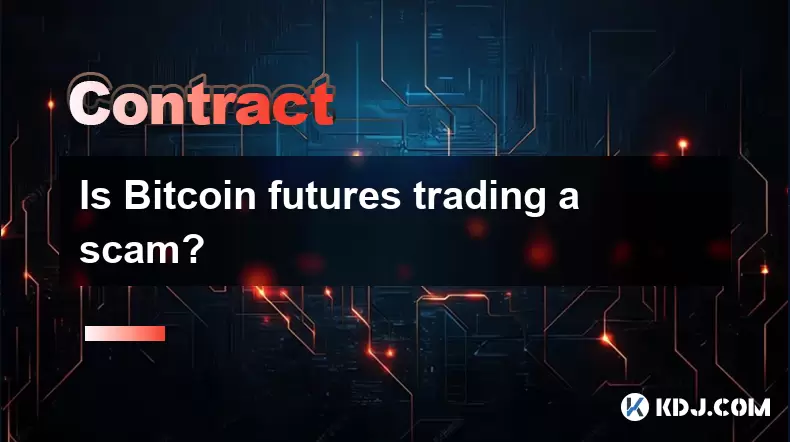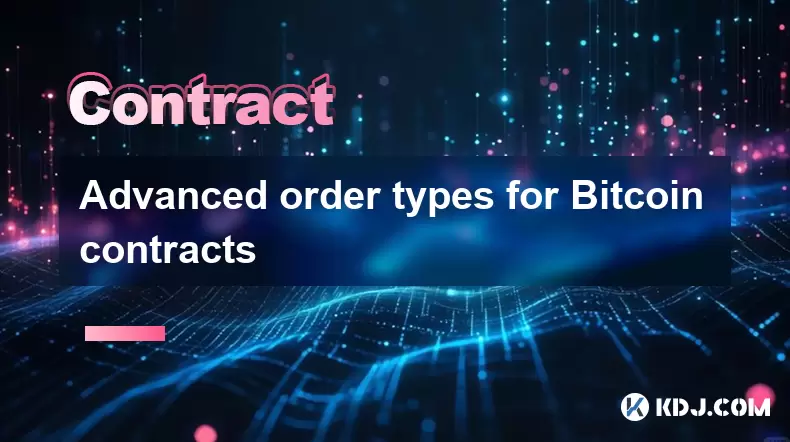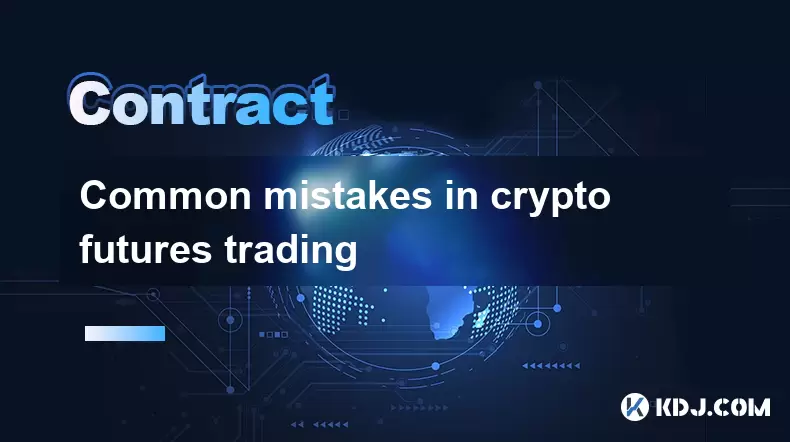-
 Bitcoin
Bitcoin $117400
0.05% -
 Ethereum
Ethereum $3767
0.13% -
 XRP
XRP $3.554
2.85% -
 Tether USDt
Tether USDt $1.000
0.01% -
 BNB
BNB $766.5
1.11% -
 Solana
Solana $196.6
8.51% -
 USDC
USDC $0.0000
0.01% -
 Dogecoin
Dogecoin $0.2716
-0.23% -
 Cardano
Cardano $0.8901
3.81% -
 TRON
TRON $0.3144
0.09% -
 Hyperliquid
Hyperliquid $44.52
-3.11% -
 Stellar
Stellar $0.4735
2.59% -
 Sui
Sui $3.978
2.18% -
 Chainlink
Chainlink $19.59
1.45% -
 Hedera
Hedera $0.2715
0.05% -
 Avalanche
Avalanche $25.48
1.87% -
 Bitcoin Cash
Bitcoin Cash $523.6
-4.49% -
 Shiba Inu
Shiba Inu $0.00001551
0.09% -
 Litecoin
Litecoin $115.9
-0.92% -
 UNUS SED LEO
UNUS SED LEO $8.992
0.06% -
 Toncoin
Toncoin $3.336
2.13% -
 Polkadot
Polkadot $4.510
0.70% -
 Uniswap
Uniswap $10.91
2.37% -
 Ethena USDe
Ethena USDe $1.001
0.02% -
 Pepe
Pepe $0.00001421
1.31% -
 Monero
Monero $320.2
-1.73% -
 Bitget Token
Bitget Token $4.950
0.14% -
 Dai
Dai $0.0000
-0.02% -
 Aave
Aave $323.3
0.00% -
 Bittensor
Bittensor $447.5
8.38%
Smart contract security best practices
Understanding and mitigating smart contract vulnerabilities like reentrancy and overflow is crucial for secure blockchain development.
Jul 20, 2025 at 12:07 pm

Understanding Smart Contract Vulnerabilities
Smart contracts are self-executing agreements with the terms directly written into code. Because they operate on blockchain networks like Ethereum, any vulnerabilities in the code can lead to irreversible financial losses. One of the most infamous examples is the DAO hack, where a recursive call vulnerability allowed an attacker to drain millions of dollars worth of Ether. Understanding common vulnerabilities such as reentrancy, integer overflow/underflow, and improper access control is crucial for developers aiming to write secure smart contracts.
Code Auditing and Formal Verification
One of the most effective ways to ensure smart contract security is through rigorous code auditing. This involves having experienced developers or third-party security firms review the contract's source code for potential flaws. Tools like Slither and Oyente can automatically detect known vulnerabilities. Formal verification, although more complex, mathematically proves that a contract adheres to its specifications. This method is often used in high-stakes environments where failure is not an option.
- Use static analysis tools to detect vulnerabilities
- Conduct peer reviews with experienced developers
- Employ formal verification techniques for mission-critical contracts
Testing and Simulation Environments
Before deploying a smart contract to the mainnet, extensive testing in simulation environments is essential. Testnets such as Ropsten or Goerli allow developers to simulate real-world interactions without risking real funds. Developers should also utilize unit tests and fuzz testing to cover edge cases and unexpected inputs.
- Deploy contracts on testnets before mainnet
- Use unit tests to verify individual functions
- Apply fuzz testing to uncover hidden bugs
Upgradability and Emergency Controls
While immutability is a core feature of blockchain, it can also be a drawback when security flaws are discovered post-deployment. Upgradable smart contracts using proxy patterns allow developers to fix bugs or patch vulnerabilities without redeploying the entire contract. However, this introduces the risk of centralization if not managed properly. Implementing emergency stop mechanisms (kill switches) can halt contract operations in case of an active exploit.
- Use proxy contracts for upgradability
- Implement pausable functions for emergency scenarios
- Ensure governance mechanisms prevent misuse of upgradability
Secure Development Practices
Writing secure smart contracts starts with adopting best practices during the development phase. Developers should follow secure coding standards such as those outlined by ConsenSys or the Ethereum community. Avoiding dangerous patterns like inline assembly and unchecked math operations is essential. Also, limiting external calls and ensuring proper error handling can prevent unexpected behavior.
- Follow secure coding guidelines from trusted sources
- Avoid unchecked arithmetic operations
- Minimize reliance on external contracts
Dependency Management and External Libraries
Smart contracts often rely on external libraries or dependencies to implement common functionalities like token standards or mathematical operations. However, using outdated or untrusted libraries can introduce hidden vulnerabilities. Developers should always use well-audited and widely adopted libraries such as OpenZeppelin or DappSys. It is also important to lock dependency versions to prevent unintended updates.
- Use well-audited open-source libraries
- Lock dependency versions in package managers
- Regularly update dependencies to patched versions
Access Control and Role-Based Permissions
Improper access control is a common source of security breaches in smart contracts. Developers should implement role-based access control (RBAC) systems to restrict critical functions to authorized addresses only. Using multi-signature wallets for administrative actions can further enhance security by requiring consensus before executing sensitive operations.
- Define roles and permissions clearly
- Use multi-sig wallets for administrative functions
- Avoid hardcoded privileged addresses
Frequently Asked Questions
What is the most common vulnerability in smart contracts?
The most common vulnerability is reentrancy, where a malicious contract calls back into the current contract before the initial function completes, often leading to drained funds.
How can I verify if a smart contract has been audited?
You can check the contract's deployment address on blockchain explorers like Etherscan and look for audit reports published by reputable firms such as CertiK, Trail of Bits, or OpenZeppelin.
Is it safe to use third-party smart contract templates?
Using templates from trusted and audited sources like OpenZeppelin is generally safe, but developers should still review the code and ensure it aligns with their specific use case and security requirements.
What should I do if I find a vulnerability in a deployed contract?
If you discover a vulnerability, contact the contract owner or team immediately. If the contract is open source, submit a responsible disclosure or pull request. In case of an active exploit, consider alerting the community through appropriate channels.
Disclaimer:info@kdj.com
The information provided is not trading advice. kdj.com does not assume any responsibility for any investments made based on the information provided in this article. Cryptocurrencies are highly volatile and it is highly recommended that you invest with caution after thorough research!
If you believe that the content used on this website infringes your copyright, please contact us immediately (info@kdj.com) and we will delete it promptly.
- Bitcoin, Trump Media, and Acquisition: A New York Perspective
- 2025-07-22 06:30:12
- Venture Capital, Crypto Treasuries, and Ethena (ENA): A New York Perspective
- 2025-07-22 06:50:13
- Solana: Building a Decentralized Nasdaq with Block Assembly Marketplace?
- 2025-07-22 06:30:12
- Jito, BAM, and Solana MEV: A New Era for Blockspace?
- 2025-07-22 06:50:13
- Trump Media, Bitcoin, and Congress: A New Era of Crypto Politics?
- 2025-07-22 04:30:12
- Whales, Momentum, and SHIB: What's the Deal?
- 2025-07-22 05:10:13
Related knowledge

What is a maker vs a taker fee?
Jul 19,2025 at 01:14am
Understanding the Basics of Cryptocurrency Exchange FeesIn the world of cryptocurrency trading, maker vs taker fees are a fundamental concept that eve...

How to secure your crypto futures trading account?
Jul 21,2025 at 11:42pm
Understanding the Risks in Crypto Futures TradingCrypto futures trading involves significant risks due to market volatility and leverage. Your trading...

Is Bitcoin futures trading a scam?
Jul 22,2025 at 01:42am
Understanding Bitcoin Futures TradingBitcoin futures trading refers to the process of buying and selling contracts that derive their value from the fu...

How to analyze Bitcoin futures data from CME?
Jul 19,2025 at 05:22pm
Understanding Bitcoin Futures on CMEBitcoin futures on the CME Group (Chicago Mercantile Exchange) represent a regulated financial instrument that all...

Advanced order types for Bitcoin contracts
Jul 21,2025 at 01:14pm
Understanding Advanced Order Types in Bitcoin ContractsIn the world of Bitcoin futures trading, advanced order types play a crucial role in managing r...

Common mistakes in crypto futures trading
Jul 20,2025 at 09:56pm
Overleveraging Without Risk ManagementOne of the most common mistakes in crypto futures trading is overleveraging. Traders often believe that using hi...

What is a maker vs a taker fee?
Jul 19,2025 at 01:14am
Understanding the Basics of Cryptocurrency Exchange FeesIn the world of cryptocurrency trading, maker vs taker fees are a fundamental concept that eve...

How to secure your crypto futures trading account?
Jul 21,2025 at 11:42pm
Understanding the Risks in Crypto Futures TradingCrypto futures trading involves significant risks due to market volatility and leverage. Your trading...

Is Bitcoin futures trading a scam?
Jul 22,2025 at 01:42am
Understanding Bitcoin Futures TradingBitcoin futures trading refers to the process of buying and selling contracts that derive their value from the fu...

How to analyze Bitcoin futures data from CME?
Jul 19,2025 at 05:22pm
Understanding Bitcoin Futures on CMEBitcoin futures on the CME Group (Chicago Mercantile Exchange) represent a regulated financial instrument that all...

Advanced order types for Bitcoin contracts
Jul 21,2025 at 01:14pm
Understanding Advanced Order Types in Bitcoin ContractsIn the world of Bitcoin futures trading, advanced order types play a crucial role in managing r...

Common mistakes in crypto futures trading
Jul 20,2025 at 09:56pm
Overleveraging Without Risk ManagementOne of the most common mistakes in crypto futures trading is overleveraging. Traders often believe that using hi...
See all articles

























































































